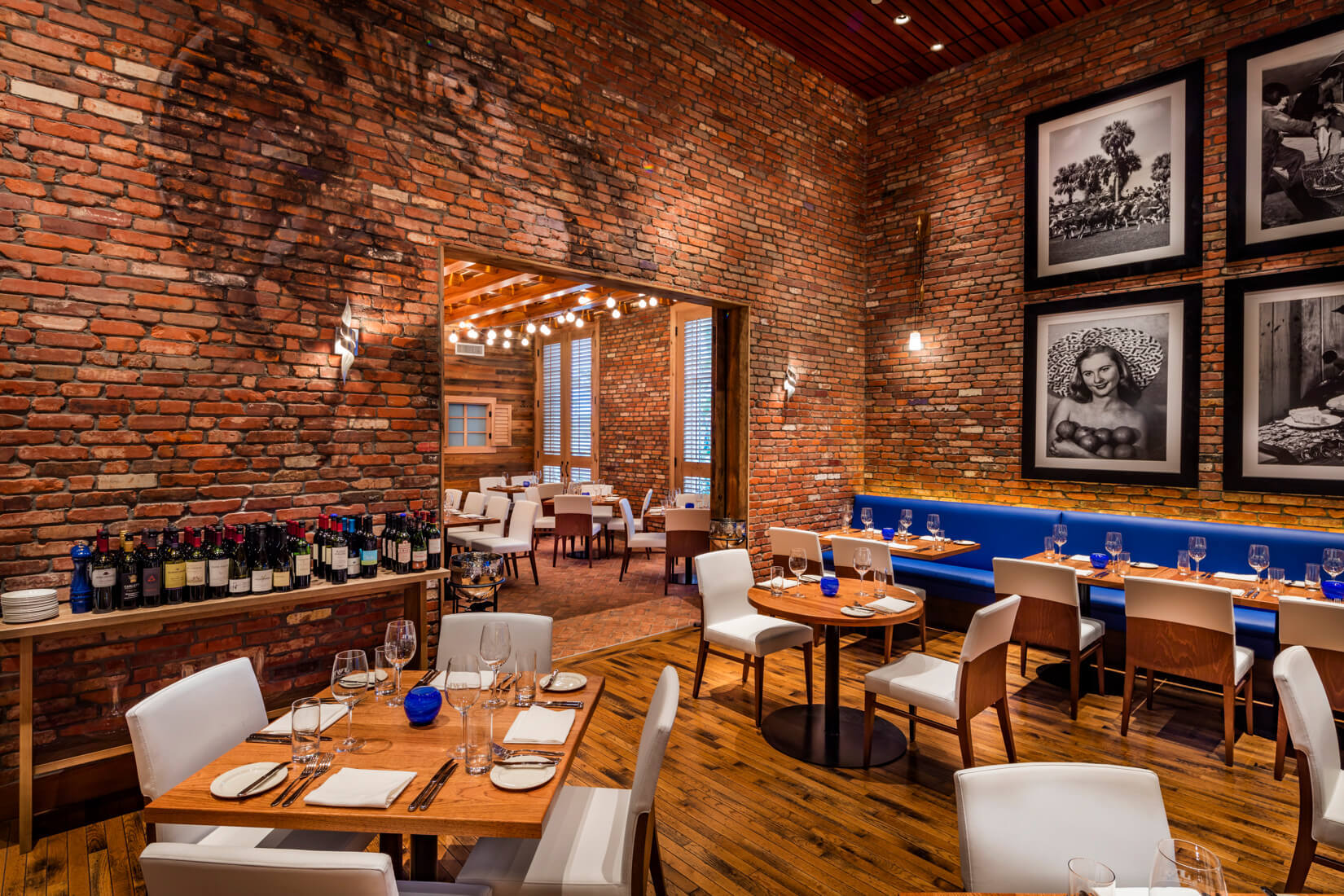From Kitchen to Concept: How Chef-Inspired Restaurants Let Food Guide Design
When it comes to Chef-inspired restaurant concepts, design is taking cues from the cutting board. From Chef Kevin Fink’s Emmer & Rye to Chef Ravi Kapur’s Liholiho Yacht Club, every foodie is lining up to try their enticing cuisine.
As designers, we’re often tasked with creating concepts for up-and-coming chefs who might be considering opening their first restaurant. In many cases, the chefs have tight budgets, but still strive to give diners the ultimate experience with a deep sense of authenticity in both the food and decor. As such, there are many creative ways in which a restaurant can be designed to allow that to successfully happen. By honestly answering some tough questions at the onset, these entrepreneurial chefs can ensure that their design team is creating an authentic experience from the start -- something that will save time and money as the restaurant evolves from concept to reality. Some critical design-related questions to consider include:
- Who is your intended customer? Think beyond demographics. Have you created a detailed customer persona that includes likes and dislikes?
- How important is it that food dictates the design?
- How do you plan to present your culinary passion through the concept (from the menu to the restaurant’s design)?
- What is the experience you want your patrons to have (fast, in-and-out turnover or linger for a while)?
- Is this a concept that may be replicated at a later date, or will it be a one-off venue?
- What existing chef-inspired restaurants do you feel embody success, and why?
While each chef has their own unique vision for their restaurant design, certain trends have been almost ubiquitous across these eateries and have ultimately contributed to their success.

Open & Subtle
When a chef designs a restaurant, it’s no surprise they want their food to be the star of the show. Open kitchens and visible chef’s tables shine a light on what is being created in the kitchen and invite guests into the food preparation process.
Alter, a restaurant opened in a former warehouse in Miami by Chef Brad Kilgore is a perfect example. The Wynwood Arts District restaurant features a chef’s table that faces an open kitchen as well as an organic garden that provides fresh ingredients for its menu. Guests can literally see their food being prepared and they know it’s made with only the best quality produce.
In the Austin-based restaurant, Emmer & Rye, Chef Kevin Fink purposely created an open layout space that allows for the dim sum servers to effectively work the room, offering exemplary service, while guests focus on more important matters—their meticulously prepared entrees featuring the freshest non-GMO whole animals, organic grains, and local, seasonal produce.
Instead of competing for diners’ attention, subtle design elements create a neutral setting that can allow the food and service to take center stage. We’re seeing this trend in many areas of the restaurant industry-- the uniqueness and quality of the food demands the diners’ full attention.
The interior of Alter features minimalistic décor and allows the industrial character of the warehouse to dominate the design.
Underlying Stories
While subtle design features often do the trick for many venues, we also feel that if properly integrated, materials and graphic accents can help embellish and enhance the diners’ restaurant experience and tell a compelling narrative.
By example, an oversized smiling face of a Hawaiian woman, Chef Kapur’s mother, at the Liholiho Yacht Club in San Francisco sets the stage on the possible origins of the food while also creating a conversation piece.
At Emmer & Rye, Chef Fink uses the showcase shelves not only to break up the dining and bar space, but also to showcase his culinary collections. His shelves include cookbooks, vintage glass bottles and organic dried grains, all of which help to tell the story and origin of the restaurant concept.
To conclude, instead of competing for diners’ attention, a more subtle design can create a neutral setting that puts the food and service front and center, while authentic accents shine through to tell a deeper narrative about the chef’s inspiration. We’re seeing this trend in many areas of the restaurant industry. The uniqueness and quality of the cuisine demands the diners’ full attention and in this regard, designers should take note, too.